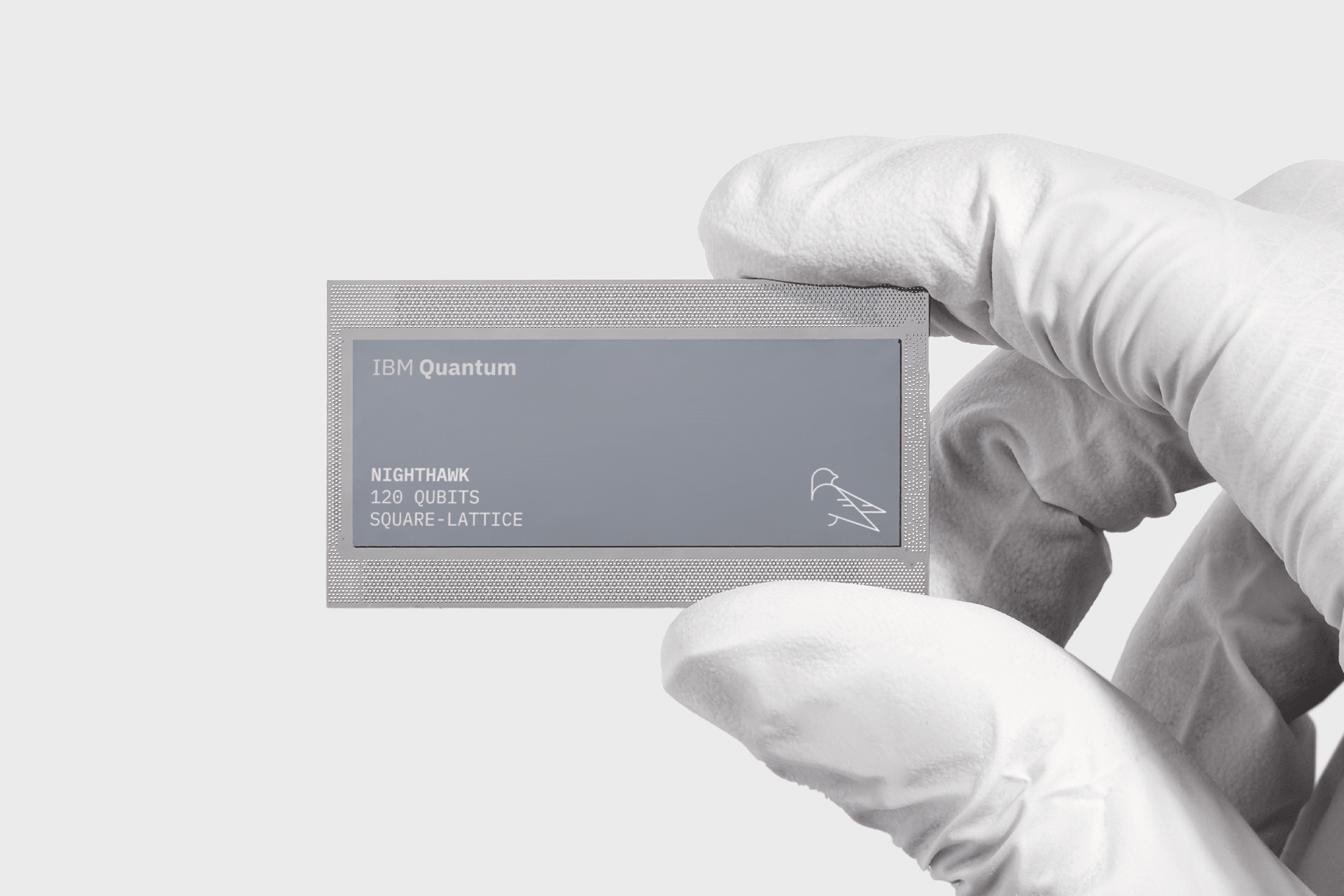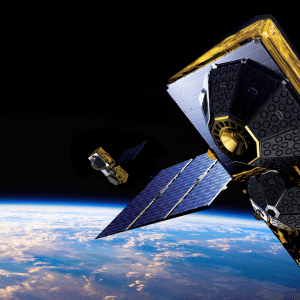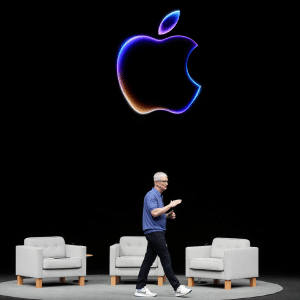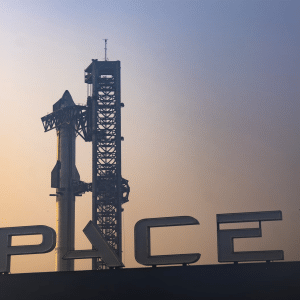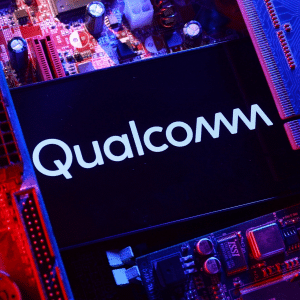IBM’s unveiling of its “Loon” quantum computing chip has strengthened expectations that practical quantum machines could emerge by 2029, introducing improved error-correction techniques and a more mature path toward meaningful use cases. As IBM pushes forward, AppleMagazine has learned from internal sources that Apple is also quietly positioning itself for a quantum future, working behind the scenes with major chip partners such as TSMC to ensure the company does not fall behind once the technology becomes commercially viable.
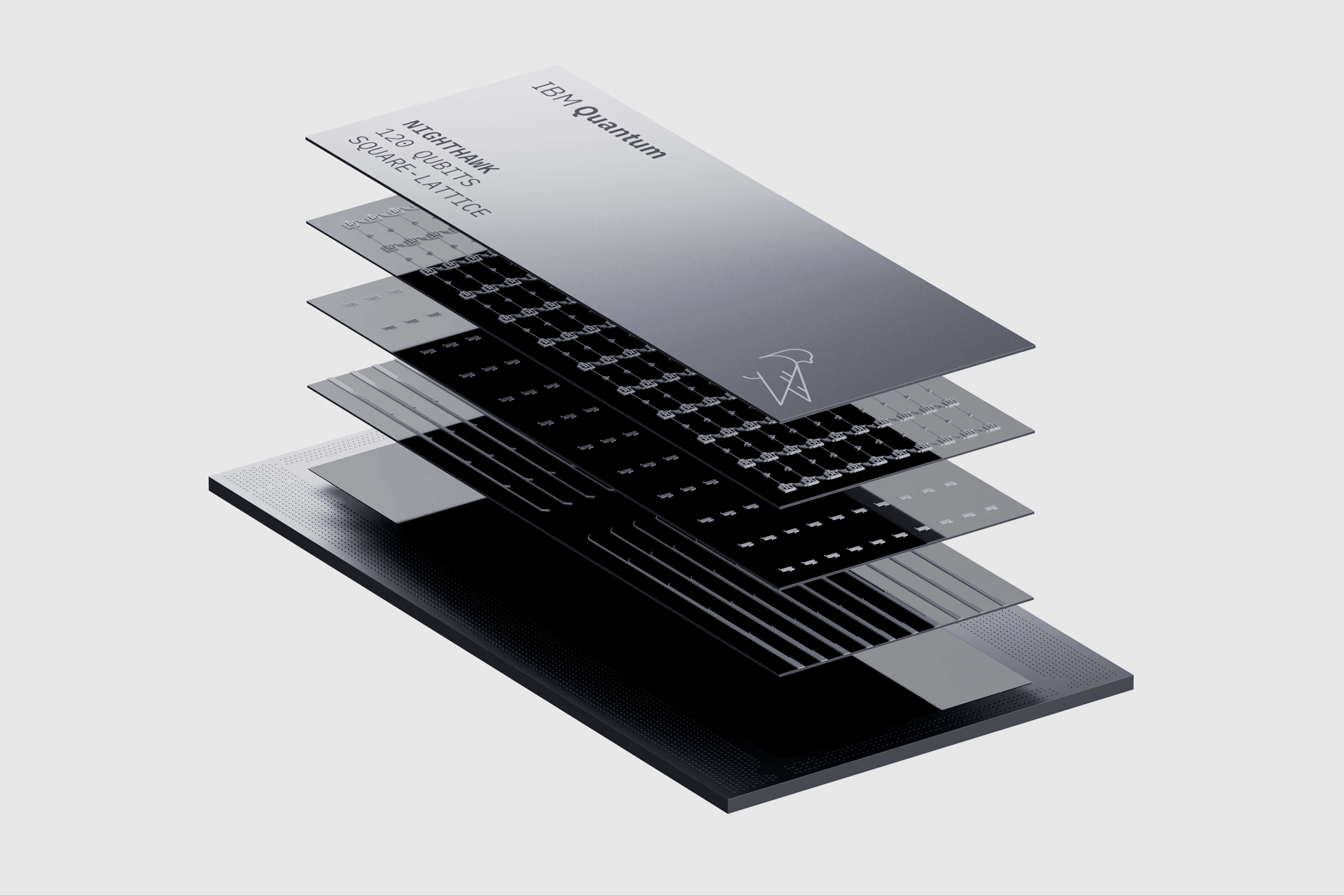
The Loon chip represents IBM’s next step toward scalable quantum computing. It is manufactured using the same advanced tooling and fabrication environment used for classical chips at the Albany NanoTech Complex, reinforcing the idea that the boundary between traditional semiconductor manufacturing and quantum hardware is slowly shrinking. IBM describes Loon as part of its long-term roadmap toward fault-tolerant systems capable of solving real-world problems rather than lab-limited demonstrations.
While IBM is openly communicating its roadmap, Apple’s involvement in quantum computing remains entirely confidential. According to sources familiar with the matter, Apple is already exploring quantum applications at the infrastructure level, especially in cloud processing scenarios where quantum acceleration could complement Apple Intelligence and large-scale compute workflows. The company’s strategy, as described, is intentionally discreet — a slow-burn effort kept out of public view and guided by the principle that Apple should not be caught unprepared as quantum computing transitions from research to deployment.
IBM’s Push Toward Practical Quantum Systems
The Loon chip integrates techniques that adapt classical error-correction strategies to quantum environments, addressing one of the biggest limitations in today’s systems: qubit instability. IBM says these improvements allow for the construction of more reliable logical qubits, giving developers a clearer path toward machines that can run complex algorithms without collapsing under noise.
IBM’s roadmap has stressed that quantum usefulness will not require thousands of perfect qubits all at once. Instead, incremental improvements in architecture, fabrication, and error models will gradually push the field toward a point where quantum computers outperform traditional systems on narrowly defined tasks.
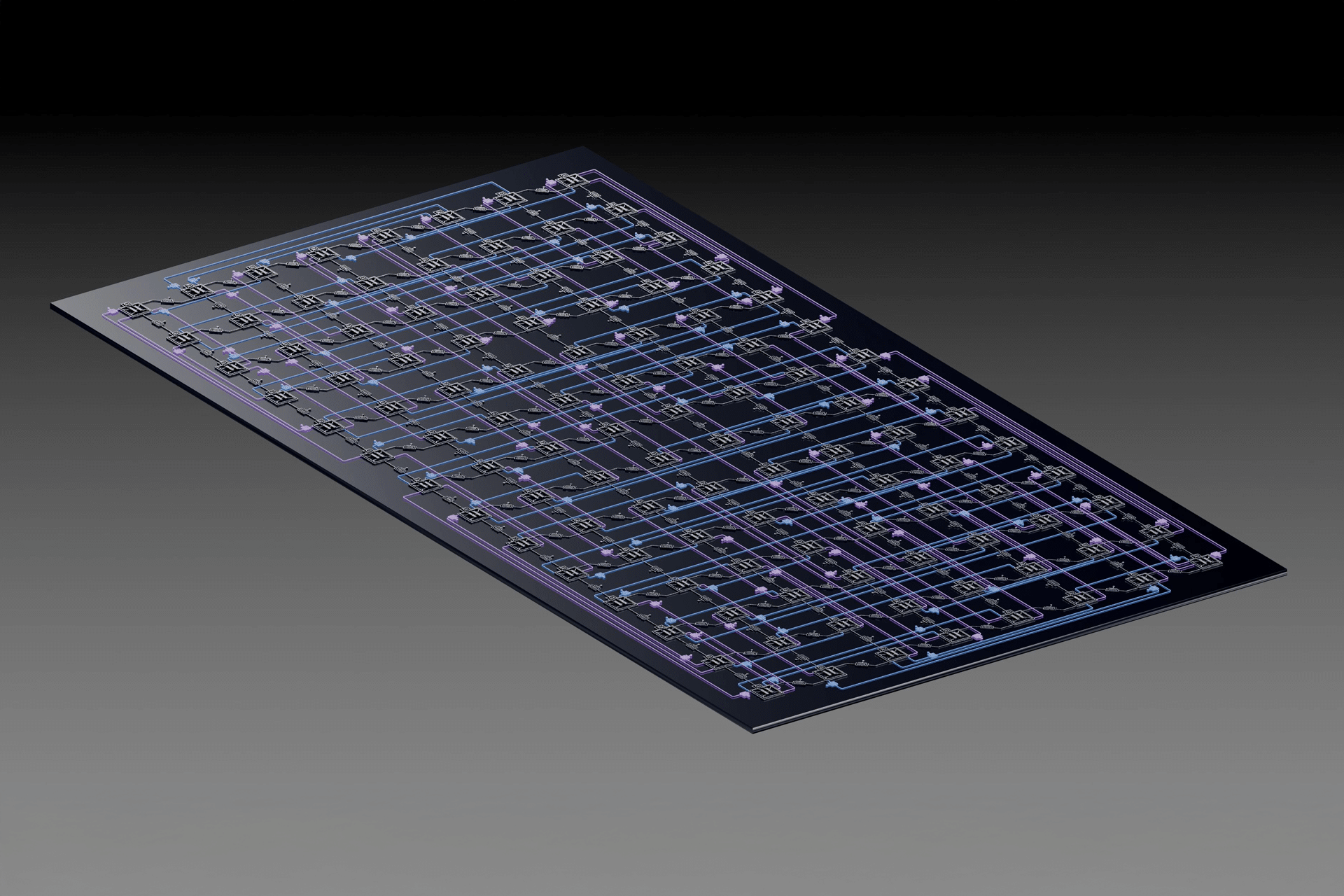
Apple’s Quiet Quantum Preparations
Apple’s involvement revolves primarily around forward-compatible silicon and cloud architecture, according to AppleMagazine sources. The company has reportedly coordinated with TSMC and other semiconductor partners to understand what would be required for future integration between classical processors and quantum accelerators. This includes research into packaging, interconnect frameworks, and power-efficient designs that could eventually serve as bridges between standard Apple Silicon and quantum-enabled compute nodes.
These efforts are not aimed at near-term devices like the iPhone or Mac. Rather, Apple’s quantum roadmap is described as cloud-first, with potential applications emerging in large-scale computation before reaching consumer hardware. The model mirrors how AI infrastructure often precedes on-device deployment. Quantum acceleration could one day support simulations, optimization workloads, environmental modeling, or future AI training workflows used across Apple’s services.
Despite the secrecy, the initiative appears to be driven by long-range strategic necessity. As one internal source told AppleMagazine, “Apple has this topic under deep secret, under the guidance to not stay behind on this.” In other words, Apple is determined not to repeat the mistakes of companies that underestimated the early stages of AI and had to play catch-up.
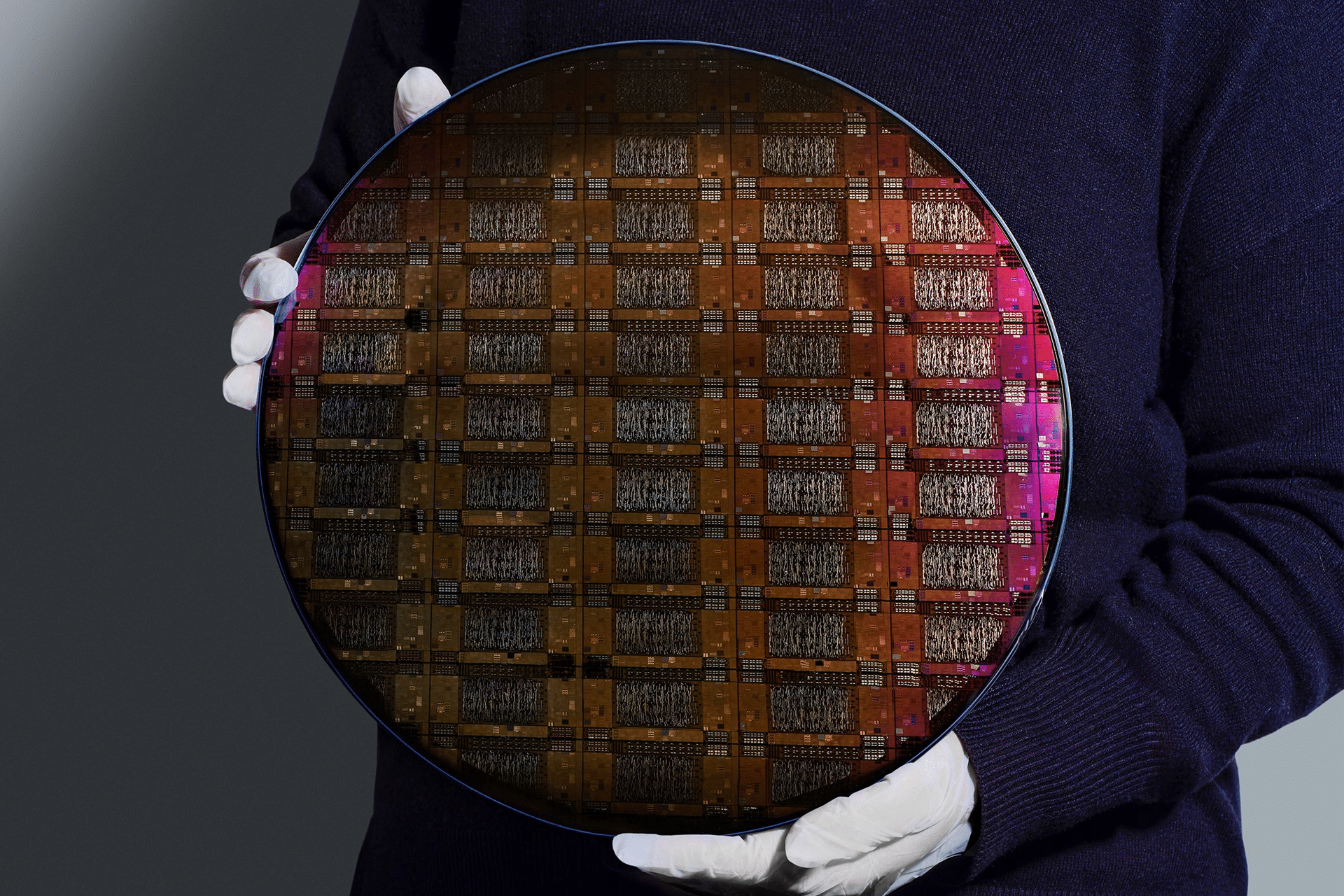
A Converging Industry Landscape
IBM is far from alone in this race. Google, Microsoft, and a growing list of Asian semiconductor firms are developing quantum hardware or hybrid architectures that combine classical and quantum computing. Apple’s discreet approach aims to ensure that its own ecosystem — from datacenters to future generations of Apple Silicon — can adapt as quantum hardware becomes more practical.
As IBM continues to refine its chip designs and expand its quantum cloud infrastructure, the broader industry is shifting from theoretical speculation to realistic timelines. IBM’s suggestion that useful quantum systems could emerge by 2029has become one of the clearest signals yet that the technology is entering a new phase.
Apple, guided by its tradition of long-horizon planning, appears determined to be ready when that transition arrives — even if its work remains far from public view.

